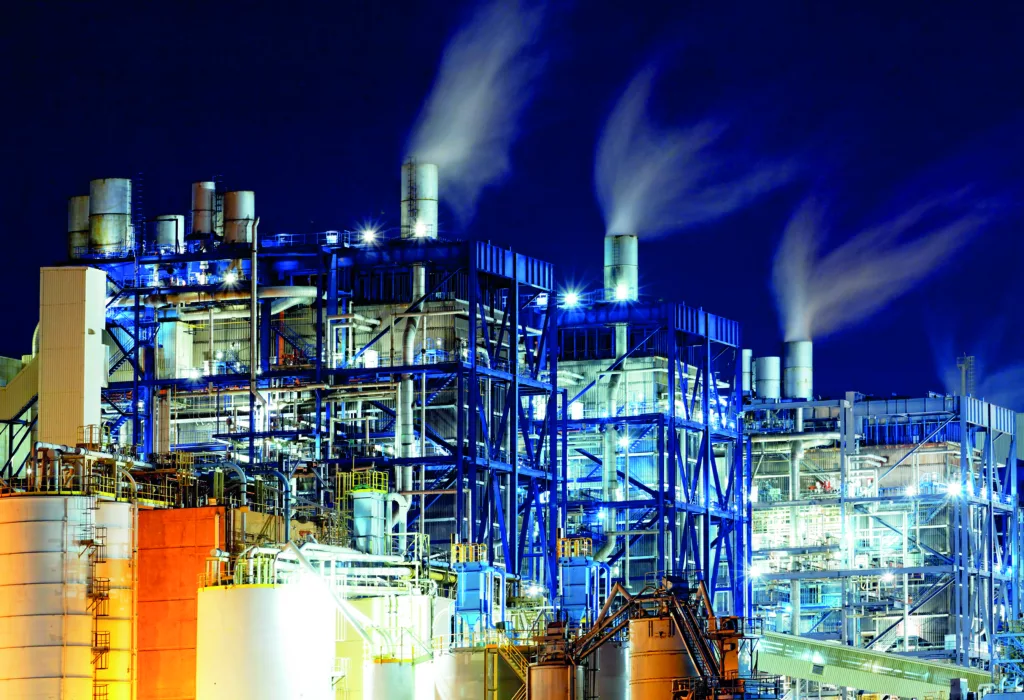IIoT applications require a different component portfolio than traditional solutions to withstand harsh conditions. This article highlights the critical components.
IIoT has made possible innovations in artificial intelligence and IoT technologies, pushing intelligence into harsh environments where traditional solutions cannot survive. In industries like oil/gas and factory automation, electrical systems face challenges like vibration, chemicals and temperature extremes.
Connectors are fundamental components to most IIoT applications and should be engineered to transmit data and power reliably in demanding conditions. Ruggedized connectors with IP67/IP68 or dynamic IP69k-rated environmentally sealed connectors suit underwater, agricultural, outdoor metering, medical equipment and other applications that require frequent washing or exposure to moisture.
IoT applications use large arrays of sensors to collect data for internet transmission to a cloud-based computing resource. Sensing technologies such as accelerometers, encoders, temperature, liquid level, particle counters and humidity must perform reliably in extreme situations to ensure public safety and business continuity. Sensors must be small, resilient, low-power and able to collect/deliver data in challenging environments such as extreme heat, cold, blistering winds, high humidity or even chemicals.
Electrical switches—such as snap action, toggle, tactile and pushbutton—must also offer chemical resistance, ingress protection and other resistant properties. Sealed switches are typically required to meet the challenges of extreme environments. Engineers should also consider requirements such as terminal type, actuator type, IP rating and whether they require illumination, all influencing material selection.
IoT products often lack access to a main power source and must power themselves, typically using energy harvesting or batteries. Energy harvesting is promising for industrial applications because energy is taken from the environment, leveraging movement energy from equipment, solar panels, heat or other local sources. Where energy harvesting isn’t suitable, batteries are often the largest part of an IoT sensor system, giving engineers a limited choice of which to use.
IoT applications can be subjected to electrical interference from switching circuits, welding tools and motors etc. Engineers need to consider which network connectivity best suits their applications. If hardwired connectivity is best, engineers need to deal with protection against unwanted disconnection through vibration or accidental force. Standard technologies such as Ethernet and USB were designed for home or office environments. Industrialized connectors use locking mechanisms that increase the retention force.
Wireless connectivity is an option and innovative antenna solutions are required to offer optimal radio functionality while withstanding harsh environmental conditions. At their simplest, a single element antenna, possibly a chip-antenna, is designed into a flexible printed circuit. However, radio solutions that use multiple-input, multiple-output antennae are becoming an essential element of wireless connectivity.
To conclude, the selection of components for IIoT applications requires careful consideration for harsh environmental environments. Components like connectors, sensors, switches, power sources and network connectivity require engineering to operate successfully in extreme environments. Engineers should also consider factors like resistance to dust and liquids, seal integrity and resistance to electrical interference while designing IIoT components.

